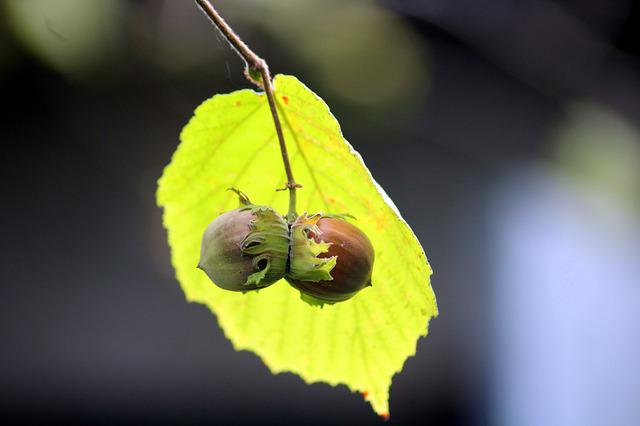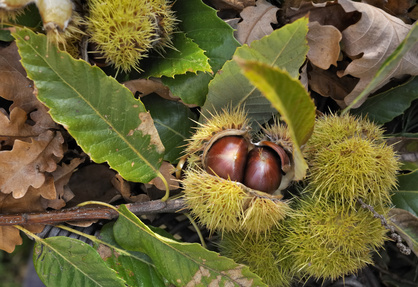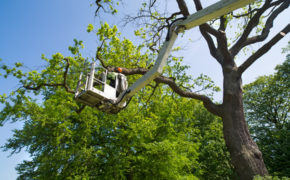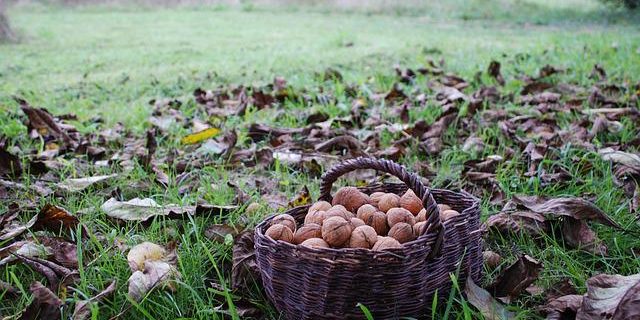
Get a quick no obligation quote It’s free and will only take a jiffy!
A Guide to Growing Your Own Nuts
Lots of people plant fruit trees to enjoy the natural, healthy rewards. But have you ever thought about growing your own nuts? Whilst many nut trees tend to grow into large specimens that require a fair amount of space, there are some dwarf varieties that are more manageable. Fancy cultivating your own nuts to enjoy at Christmas? Read on for our ultimate guide.
How to grow nut trees
Most nut trees are easy to grow, but for the wind pollinated species you will generally need a minimum of two for pollination, which is vital for the nuts to set. It’s therefore crucial to choose your cultivars carefully so that they flower at the same time. If you’re unsure, ask an arboriculturalist, or check with your tree supplier.
Nut trees should be planted in well-drained soil with ample space around them. There is no need to enrich the soil when planting nut trees. In fact, overly rich soil can lead to leafy growth, which can impact negatively on catkin and nut growth.
Now let’s take a look at some of the most popular nut trees that you may wish to consider planting in your garden.
Hazelnut trees
The hazel tree is UK native and grows to around 4.5 to 6 metres. It will adapt well to almost any type of soil providing it’s well drained, but it does like a good amount of organic matter. Because the flowers are wind pollinated, you’ll need enough space for the pollen to move from one tree to another, and you’ll need at least two for the nuts to set.
Hazelnuts are borne in clusters. They have edible kernels inside a hard outer shell. If you can get to them before the wood mice, voles or squirrels, you’ll find them ready to harvest when their husks start to turn yellow. Once picked, store them in a dry, airy space.
Hazelnuts can be eaten raw, but their flavour is a lot richer when they are roasted. Roasted hazelnuts have a mellower, sweeter taste ideal for baking and snacking.
Walnut trees
If you have the space, you may like to plant a walnut tree. The common walnut can grow to 20-30 metres in height, so be sure your garden can accommodate it.
There are certain cultivars that are self-pollinating, such as ‘Broadview’, and smaller varieties such as Europa which only grows to three metres in height, so more suitable for the more compact outdoor space. There are even some that can be grown in containers, such as the dwarf cultivar, Karlik.
When the leathery case of the walnut starts to split in the autumn, it’s time to harvest them. You can check the kernel inside is fully formed by breaking one or two open. Do wear gloves though when doing this, as the green outer husk produces a dye that stains fingers dark brown.
You’ll need to dry the nuts out before storing them, which can be done on a low heat in the oven. Alternatively, you can harvest unripe nuts when their casing is still green, and pickle them.
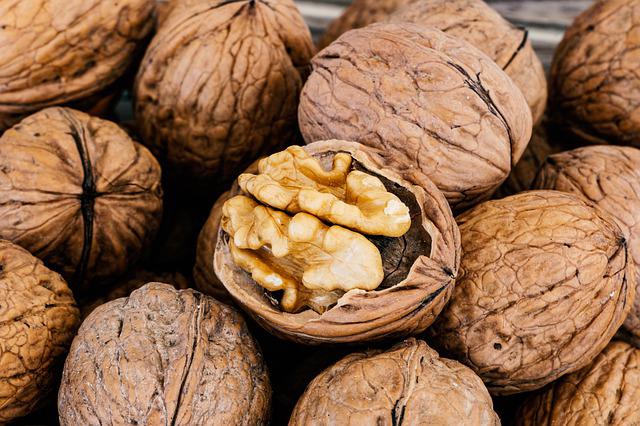
Sweet chestnut trees
Sweet chestnut trees are known for growing up to 20 metres tall and up to two metres wide, although it will take them a good ten years to reach ten metres in height. They are therefore not suitable for small gardens, unless planted in a root control bag.
There is however a slower growing cultivar known as Regal, which will reach just five metres after ten years, and the Marron de Lyon, which gets to around nine metres in the same time span.
Sweet chestnuts are self-pollinating, so you’ll only need a single tree. Their spiny fruits are plentiful following a good summer and autumn, and their beautiful, large leaves make for an attractive feature tree.
Roast chestnuts are a wonderful treat for autumn or winter, but you will need to take care when harvesting as the husks are very prickly.
Almond trees
The lovely spring blossom of the almond tree is a sight to behold and can easily rival cherry blossom. So if you’re looking for an ornamental tree that will provide you with a lovely crop of nuts, almond could make the ideal choice.
Most almond trees will only grow to heights of around three to four metres, so are perfect for the smaller garden. It’s quite an upright tree, so doesn’t tend to spread out as far as the height.
Some almond cultivars are self-pollinating, so you’ll only need to plant one to produce nuts.
Almonds are packed with vitamins, minerals, protein and fibre. They can be eaten raw, toasted as a snack, or added to sweet or savoury dishes.
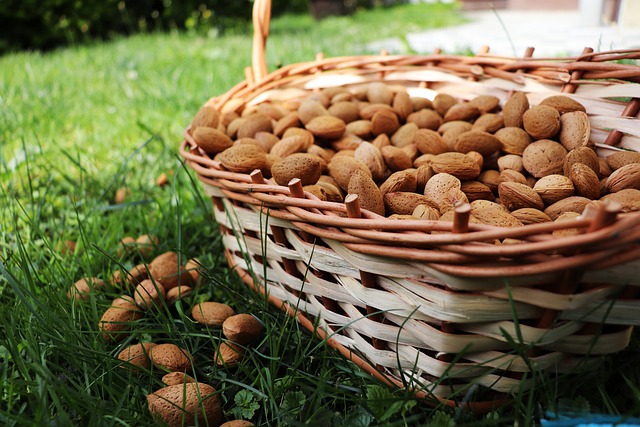
Need help caring for your nut trees?
If you could use some professional advice from qualified tree surgeons in choosing, planting and caring for trees, you are welcome to get in touch for personalised assistance.
Related guides
How to care for newly planted trees
Choosing the best trees for your needs
The best trees for small gardens
Had a fallen tree in the early hours of Monday morning, called for quote and the team had it cleared on the same day. Really good communication when the lads were onsite and did a great job. Lots of pride in their work shown with the thorough clear up. Would thoroughly recommend.
Thank you Stuart for your kind review. We were glad to be able to help you with your fallen tree. If there's anything else you need in the future, please don't hesitate to get in touch.

